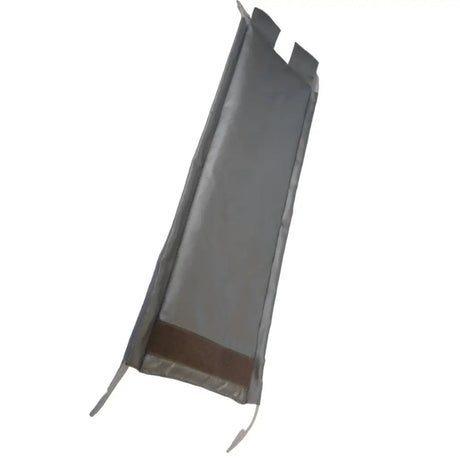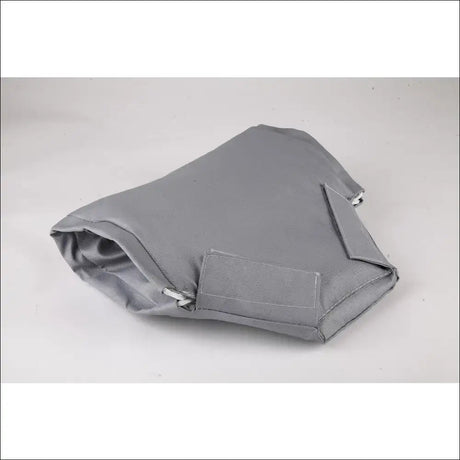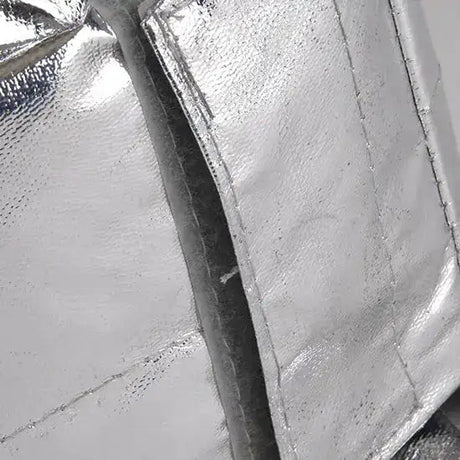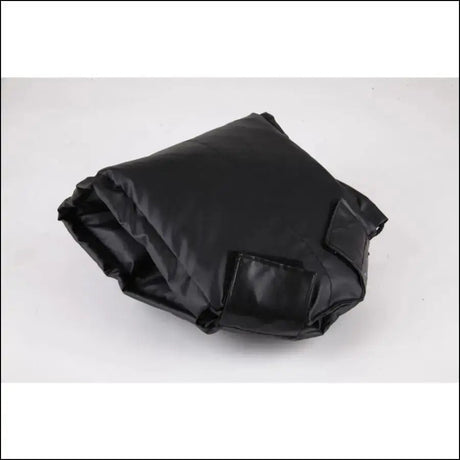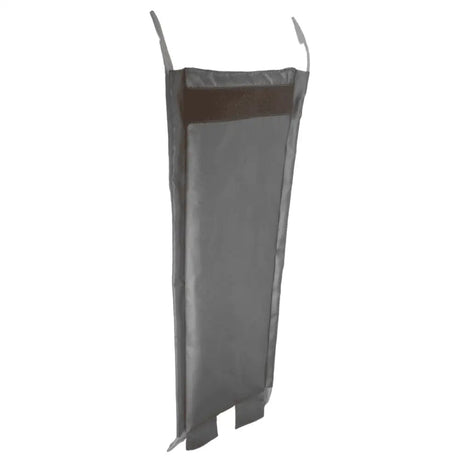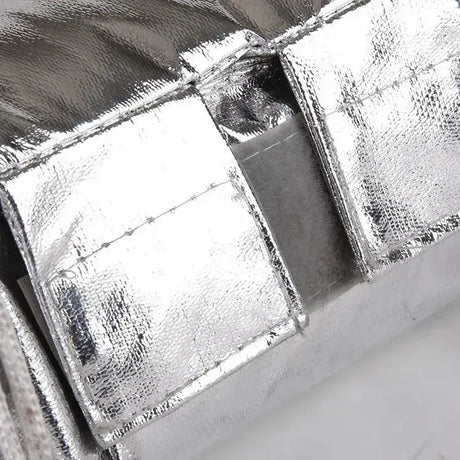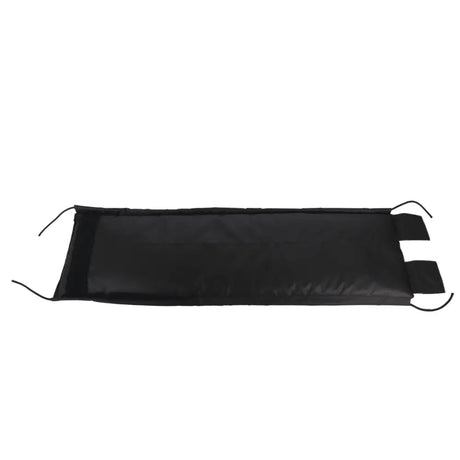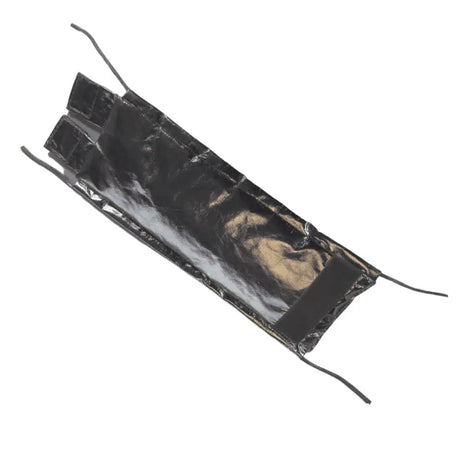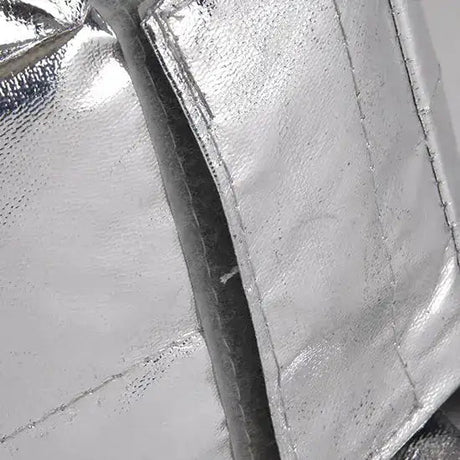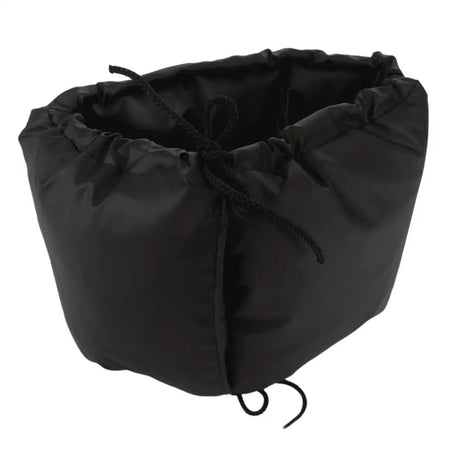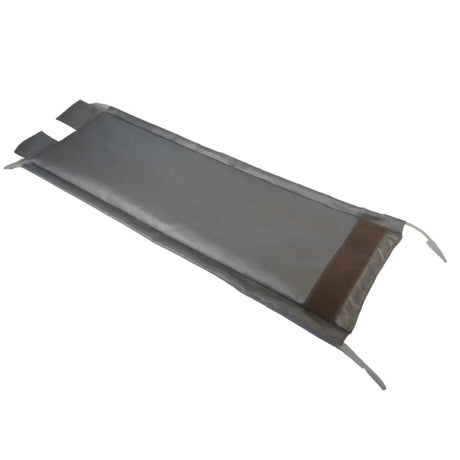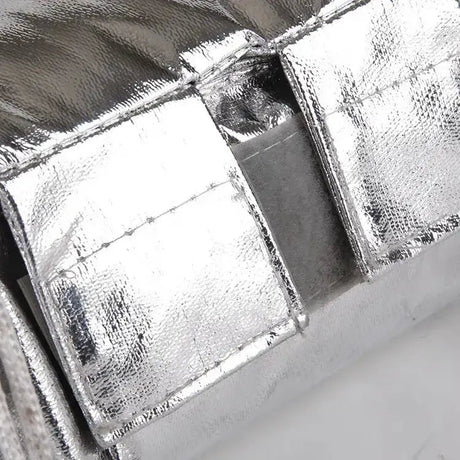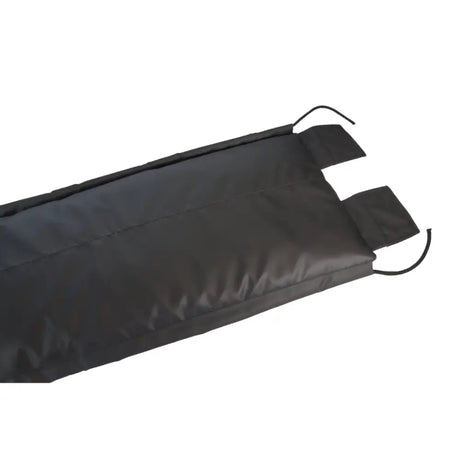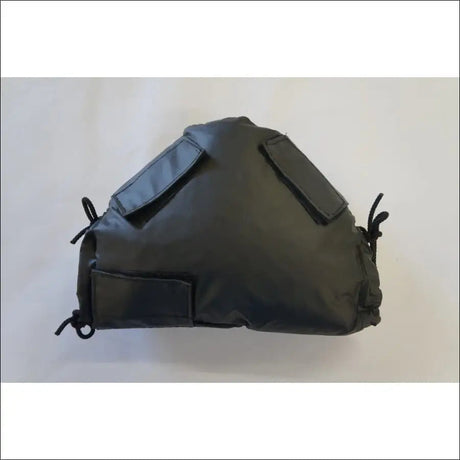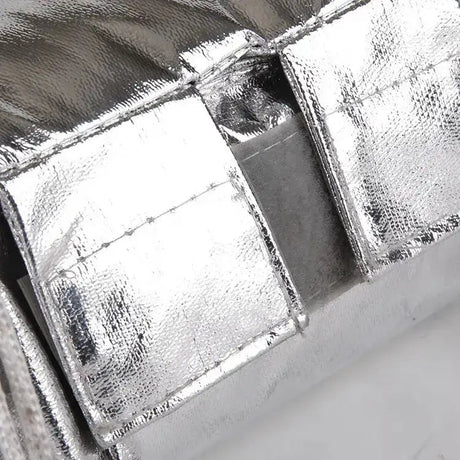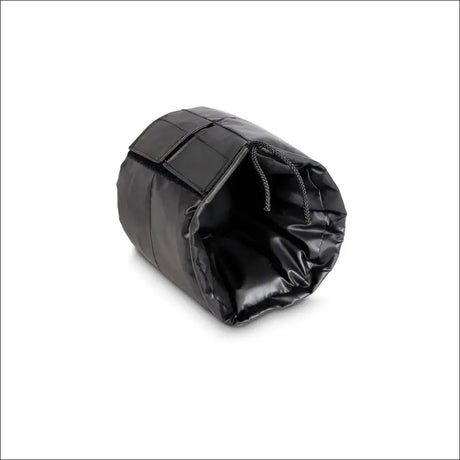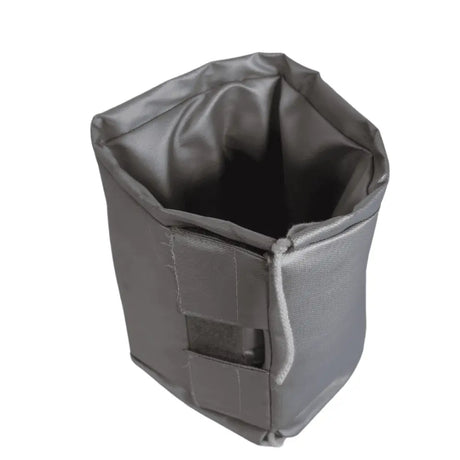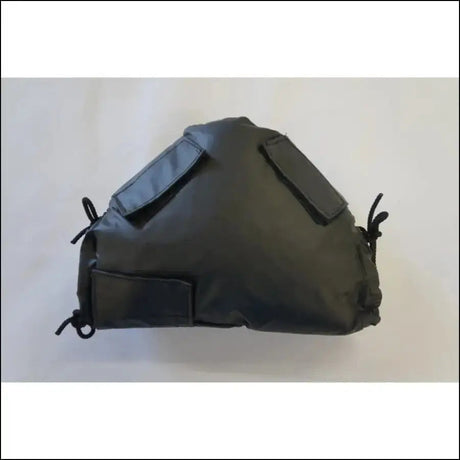Sealant Durability and Lifespan
Introduction
When we talk about sealants, what springs to mind? Perhaps it's that magic goo that fills the gaps and keeps the elements at bay, right? But there's more to it than just being a gap-filler. Sealants play a pivotal role in construction, manufacturing, and even DIY projects. Their durability and longevity can make or break the integrity of a structure. So why should we care about a sealant's staying power? Well, that's exactly what we're diving into today. We'll explore what affects a sealant's life, the types available, and how to ensure they last as long as they're supposed to.
Factors Affecting Sealant Durability
Ever wonder why some sealants hold up against the test of time while others crumble at the first sign of trouble? It's all down to what they can withstand.
Environmental Factors
Temperature Variations
Sealants are a bit like us when it comes to weather – they have their preferences. Too hot or too cold, and they start to show it. But unlike us, they can't just put on a jumper or take off a layer. The constant expansion and contraction can lead to cracks and loss of adhesion.
UV Exposure
The sun's rays aren't just a threat to our skin. UV exposure can be the nemesis of many sealants, causing them to become brittle and lose their elasticity. It's like leaving a rubber band in the sun – over time, it just won't stretch the same.
Moisture and Humidity
Water, water, everywhere – not great news for sealant. Humidity and moisture can permeate the sealant, leading to mould or a complete breakdown of the material. It's a battle to keep the wet out, but if the sealant can't handle damp conditions, it's a losing fight.
Mechanical Stress
Impact and Movement
Life's full of bumps and knocks, and our structures are no different. Sealants need to absorb shocks and vibrations without cracking under pressure. It's a tall order, especially in high-traffic areas or places prone to movement.
Vibration
Just like a constant tapping can be annoying to us, persistent vibration can wear down a sealant. Over time, it can lead to a loss of adhesion or small tears that compromise the seal.
Types of Sealants and Their Durability
Not all sealants are created equal. Each type has its strengths and weaknesses, and choosing the right one is essential for long-lasting results.
Silicone Sealants
Durability in Different Environments
Silicone sealants are the chameleons of the sealant world. They can handle a range of temperatures and conditions, making them a go-to for both indoor and outdoor use. Their flexibility is a real asset, allowing them to move with the building rather than against it.
Lifespan Expectations
Generally, silicone can last a good number of years, but it's not immortal. With good care, you might see a decade of solid performance before it starts to ask for retirement.
Polyurethane Sealants
Resistance to Environmental Factors
Polyurethane sealants pack a punch when it comes to toughness. They're more than capable of taking on UV rays and temperature variations without throwing in the towel.
Longevity Compared to Other Types
When it comes to staying power, polyurethane is often at the front of the pack. It's a marathon runner in a field of sprinters, potentially outlasting silicone with the right application and maintenance.
Acrylic Sealants
Durability in Specific Applications
Acrylic sealants may not be the Superman of sealants, but they have their place. They're a cost-effective solution for less demanding applications and can perform well with minimal exposure to harsh conditions.
Limitations in Harsh Conditions
Stick acrylic in the middle of a harsh environment, and you might see it struggle. It's not the best choice for areas with a lot of movement or extreme weather – it's more of a fair-weather friend.
Testing Methods for Durability
So, how do we know if a sealant can take the heat, quite literally? Testing, testing, and more testing.
Accelerated Weathering Tests
UV Exposure Testing
Manufacturers put sealants through their paces with simulated sunshine to see how well they resist UV degradation. Think of it as a tanning bed session, but for sealants.
Salt Spray Testing
For those sealants that will brave the coastal climates, salt spray tests mimic the corrosive conditions by the sea. It's like putting them through a marine boot camp to ensure they're up to the challenge.
Mechanical Stress Testing
Tensile and Compressive Strength Tests
A sealant's got to be strong – not just in sticking things together, but also in holding its own shape. Pulling and squashing tests show just how much force a sealant can handle before it waves the white flag.
Flexibility and Elongation Tests
Flexibility is a sealant's superpower. The ability to stretch without breaking is crucial, especially in a world that's always moving. These tests stretch sealants to their limits, literally, to ensure they can bounce back.
Importance of Proper Application
The best sealant in the world won't do its job if it's not applied correctly. It's like having the finest tea but brewing it wrong – the result is just disappointing.
Surface Preparation
Cleaning and Priming
A clean surface is the first step to a good seal. It's about removing any dust, oil, or old sealant. Then priming can help the new sealant adhere better – think of it as a handshake between the sealant and the surface.
Adhesion Promotion
To get that sealant to stick like it's supposed to, promoting good adhesion is key. It's all about giving the sealant the best chance to form a strong, lasting bond.
Application Techniques
Joint Design and Dimensions
The space the sealant is filling – the joint – needs to be just right. Too wide, too narrow, or the wrong shape, and it's like trying to fit a square peg in a round hole.
Proper Tooling and Finishing
Application is an art and a science. Using the right tools and techniques can make a world of difference. It's like icing a cake – the better the technique, the smoother the finish.
Proper Tooling and Finishing (continued)
Think of tooling as the finesse in the art of sealant application. It's not just about slapping the goo into the gap; it's about shaping it to a perfect finish. Proper tooling ensures the sealant forms a tight, even bond with the surface, reducing the risk of future failures. And who doesn't want a job that looks tidy and well done?
Maintenance and Preservation
Keeping a keen eye on sealants is like tending to a garden – regular check-ups can prevent a small issue from growing into a big problem.
Inspection and Monitoring
Signs of Degradation
Spotting the early signs of wear and tear, such as cracking or discolouration, can help nip problems in the bud. It's like catching a cold early; the quicker you act, the better the outcome.
Regular Maintenance Schedules
Sticking to a schedule for sealant inspection and repair is like having regular MOT checks for your car – it keeps everything running smoothly and can extend the life of the sealant significantly.
Restoration and Reapplication
Repairing Damaged Sealant
Sometimes a quick fix is all that's needed to restore sealant integrity. It's like patching up a tyre instead of buying a new one – cost-effective and efficient.
Replacing Old Sealant
Other times, sealant has reached the end of its life and needs to be replaced. It's a bit like saying goodbye to an old pair of shoes; sad, but necessary for moving forward comfortably and safely.
Case Studies
Real-life examples bring home the importance of choosing and maintaining sealants wisely. These tales from the trenches can teach us valuable lessons.
Real-world Examples of Sealant Durability Challenges
From skyscrapers to submarines, the world is full of stories about sealant successes and failures. Analysing these cases helps us understand what works and what doesn't in the practical world.
Successful Strategies for Improving Sealant Lifespan
On the flip side, many case studies showcase strategies that have led to impressive sealant longevity. It's like following a recipe that's been passed down through generations – tried, tested, and true.
Lessons Learned from Failures and Mistakes
And of course, mistakes are a gold mine of wisdom. By examining where things went wrong, we can learn how to avoid similar pitfalls in the future. It's the classic tale of learning from history to not repeat it.
Environmental Impact
In today's world, we can't ignore the environmental footprint of the materials we use. And sealants are no exception.
Sustainability of Sealant Materials
Biodegradability
Some sealants are designed to break down over time without leaving a lasting impact on the environment. It's like having a compostable coffee cup – it serves its purpose and then returns to the earth.
Recyclability
Other sealants can be recycled, reducing the need for new raw materials and the energy required to produce them. It's a win-win for both the project and the planet.
Eco-friendly Alternatives
Green Sealant Options
Eco-friendly sealants are gaining popularity, offering high performance with a lower environmental impact. They're like electric cars in the world of vehicles – modern, efficient, and kinder to the environment.
Impact on LEED Certification
Using sustainable sealants can contribute to a building's LEED certification, which is like getting a gold star for being eco-conscious. It's a certification that speaks volumes about a building's green credentials.
Regulatory Standards and Compliance
Navigating the world of regulations and standards ensures sealant application is not just effective, but also lawful and safe.
Industry Guidelines for Sealant Durability
Just as there are road rules for driving, there are industry guidelines for sealant durability. These guidelines help ensure that every sealant job is up to par, reducing the risk of failure.
Building Code Requirements
Building codes are like the rulebooks of construction. They specify what's required to ensure safety and performance, and adhering to them is non-negotiable.
Health and Safety Regulations
The safety of those applying sealants, as well as those who will live or work around them, is paramount. Health and safety regulations are in place to protect us from harmful substances and practices. It's the hard hat of the construction world.
Conclusion
We've covered a lot of ground, haven't we? From the factors that affect a sealant's durability, to the types of sealants available, and the importance of correct application and maintenance. It's clear that a lot goes into ensuring the longevity of these crucial materials.
Sealants might seem like just a small part of construction and maintenance, but their role is significant. Choosing the right sealant for the job, applying it correctly, and keeping up with maintenance can make all the difference. And let's not forget the environmental implications of our choices.
As we look to the future, the continued innovation in sealant technology and the push for more sustainable options give us hope. The goal is to have sealants that not only last but also leave a lighter footprint on our planet.
So, whether you're a professional or a DIY enthusiast, remember the lessons shared here. Your choices can ensure the integrity of a job well done and contribute to a more sustainable world. After all, as the saying goes, "A stitch in time saves nine." Taking care of your sealants now can save you a lot of hassle in the future.


